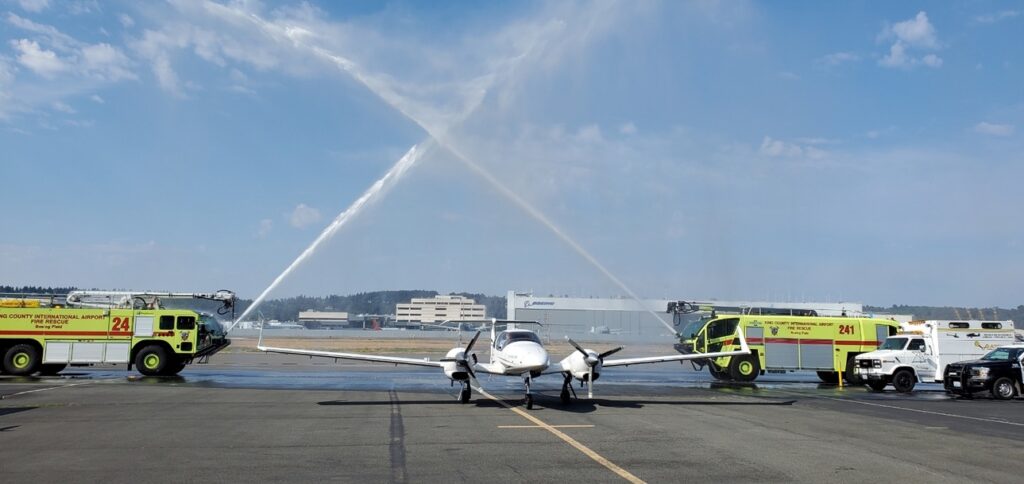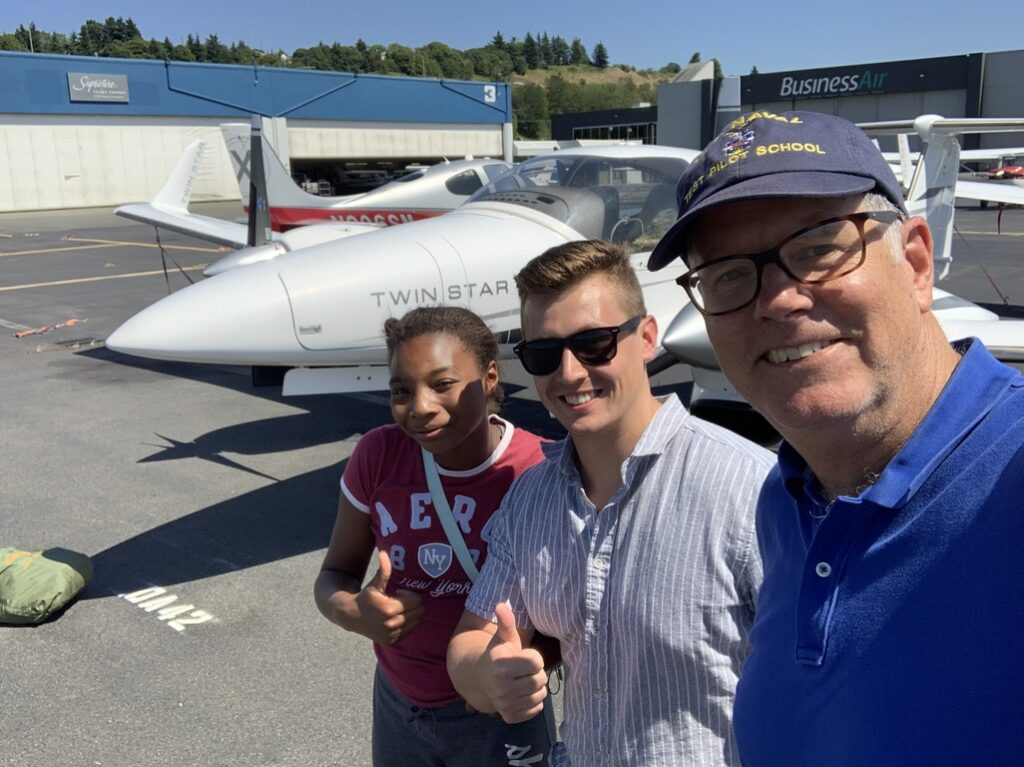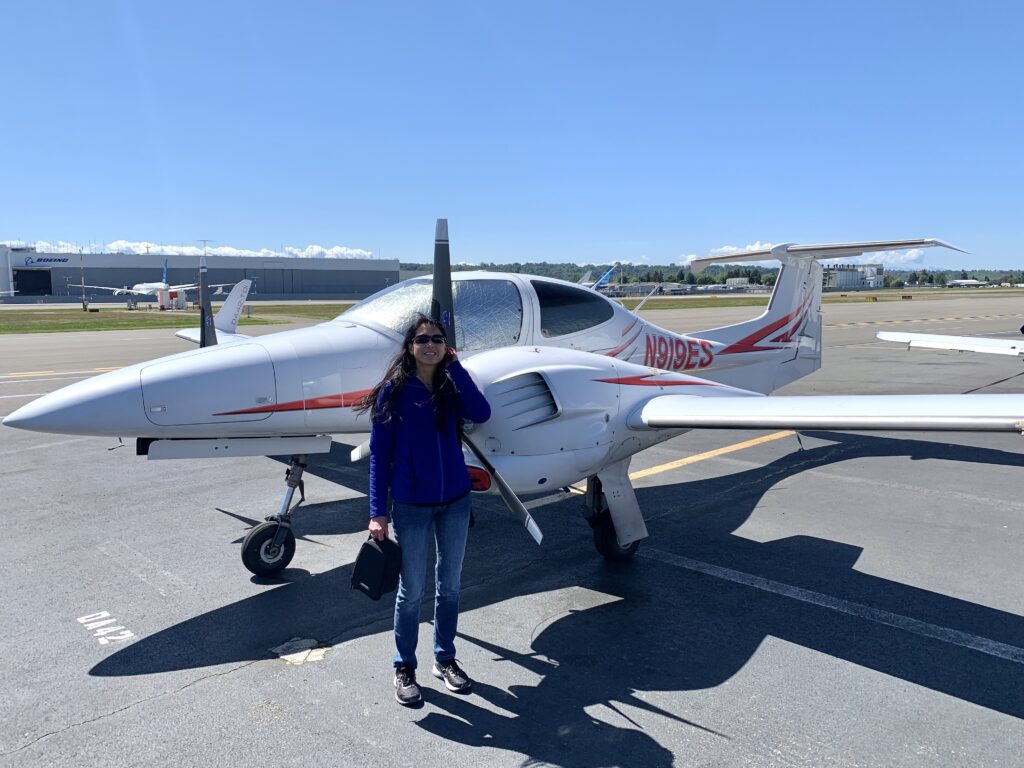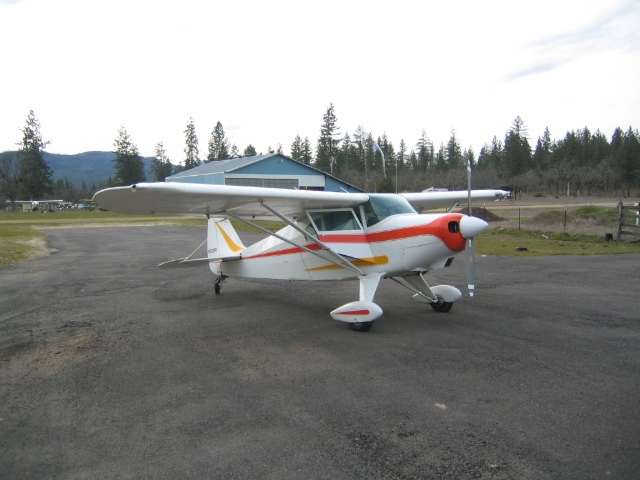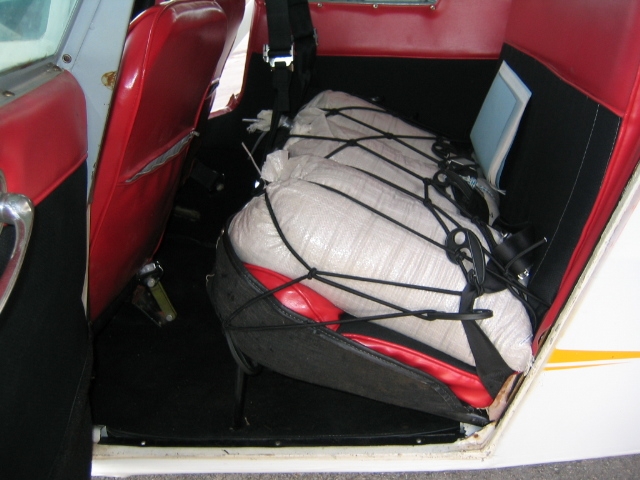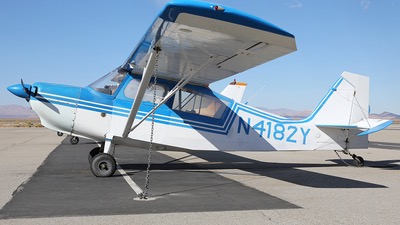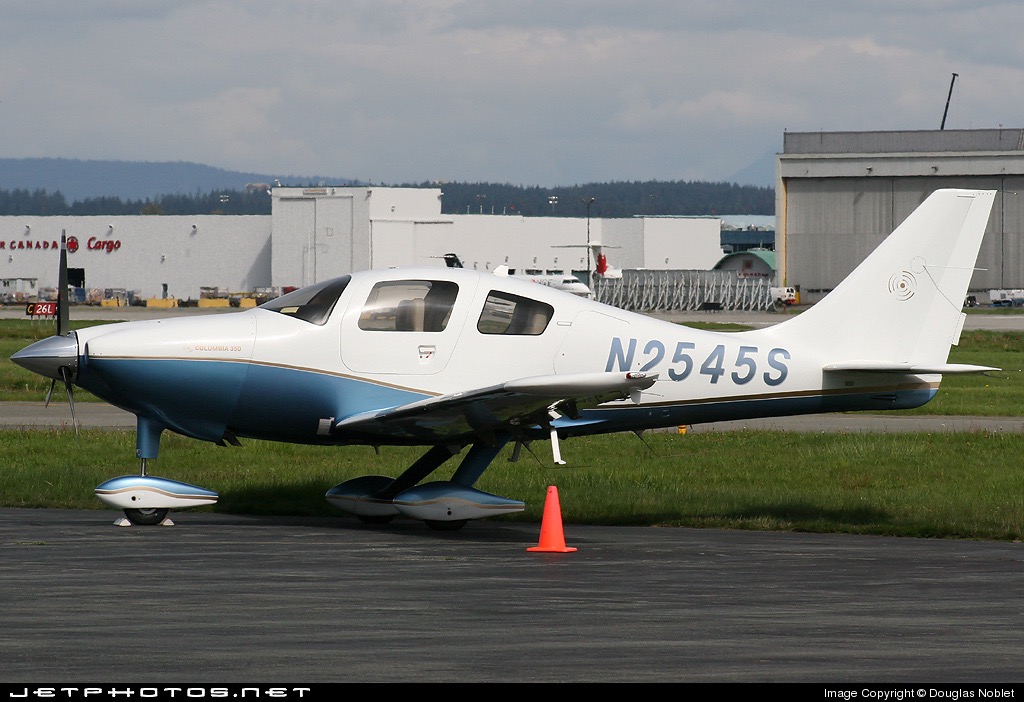Aircraft Information
> Aircraft Make: DeHavilland Model: DHC-8 Nickname: Dash 8
> Aircraft Mil Civ Description: Airplane ME Turboprop
> FAA Category and Class: Airplane Multi-engine Land
> Engine Description: twin turboprop
Aircraft Experience
> As of: 11/7/2024
> Number of Hours Flown: 6
> Number of Times Flown: 4
> Other Aircraft Models Associated: none
First Flown Information
> Sequence First Flown: 171
> Date First Flown: 7/30/2015
> Location First Flown: San Marcos Regional Airport, TX (KHYI)
> Who and/or What Organization First Flown With: Berry Aviation and Aviation Specialties Unlimited (ASU), Mike Snyder
Recollections: All 4 of my flights in the Dash 8 were conducted during the same project, which consisted of a certification for the Dash 8 for Night Vision Imaging System (NVIS) use. I was accompanied on this project by FAA testers Kevin Greene and John Neff.
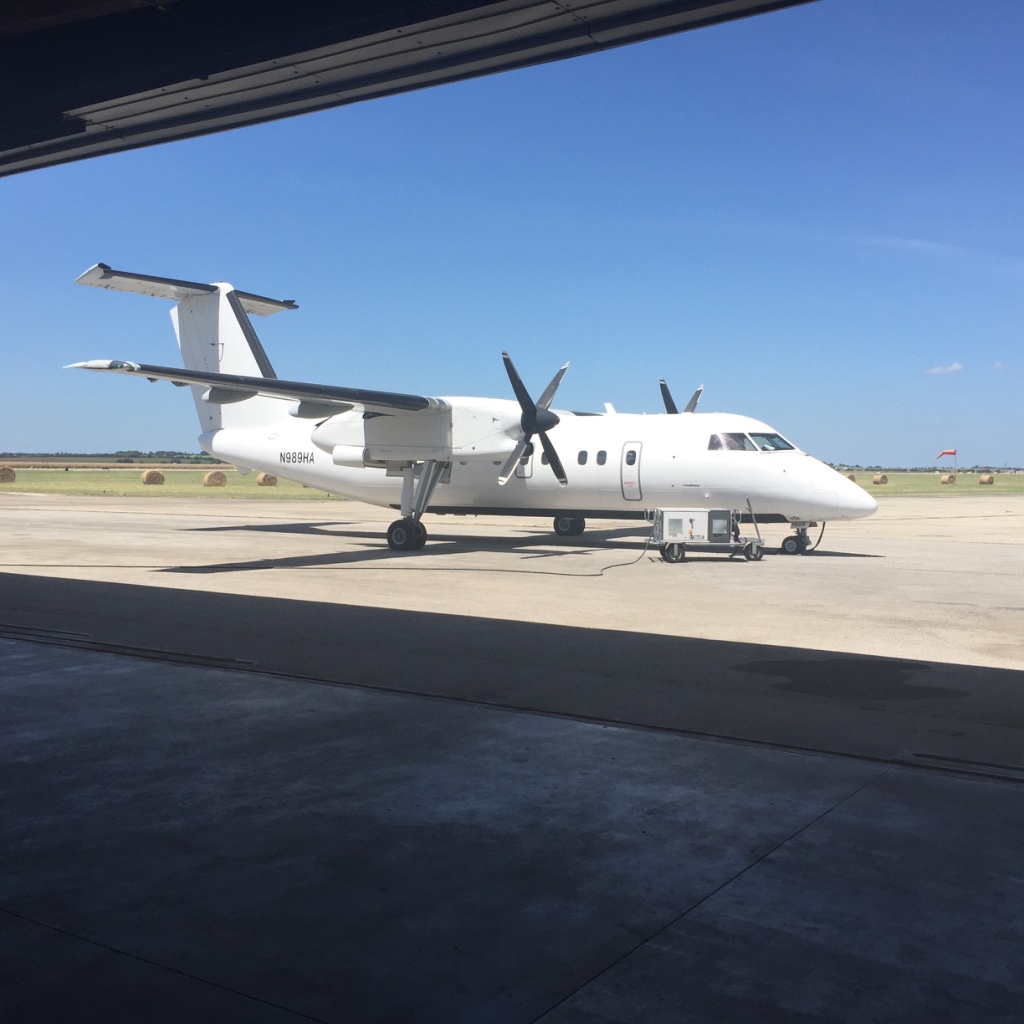
(c) Bob Stoney
Prior to any airborne flight test, we conducted a cockpit survey and determined suitability of the installation by setting up an “eye chart” setup in front of the airplane and (using the goggles) then noting the difference between a totally blackened cockpit and hangar compared to the same scene with the cockpit lighting set for NVIS flight.
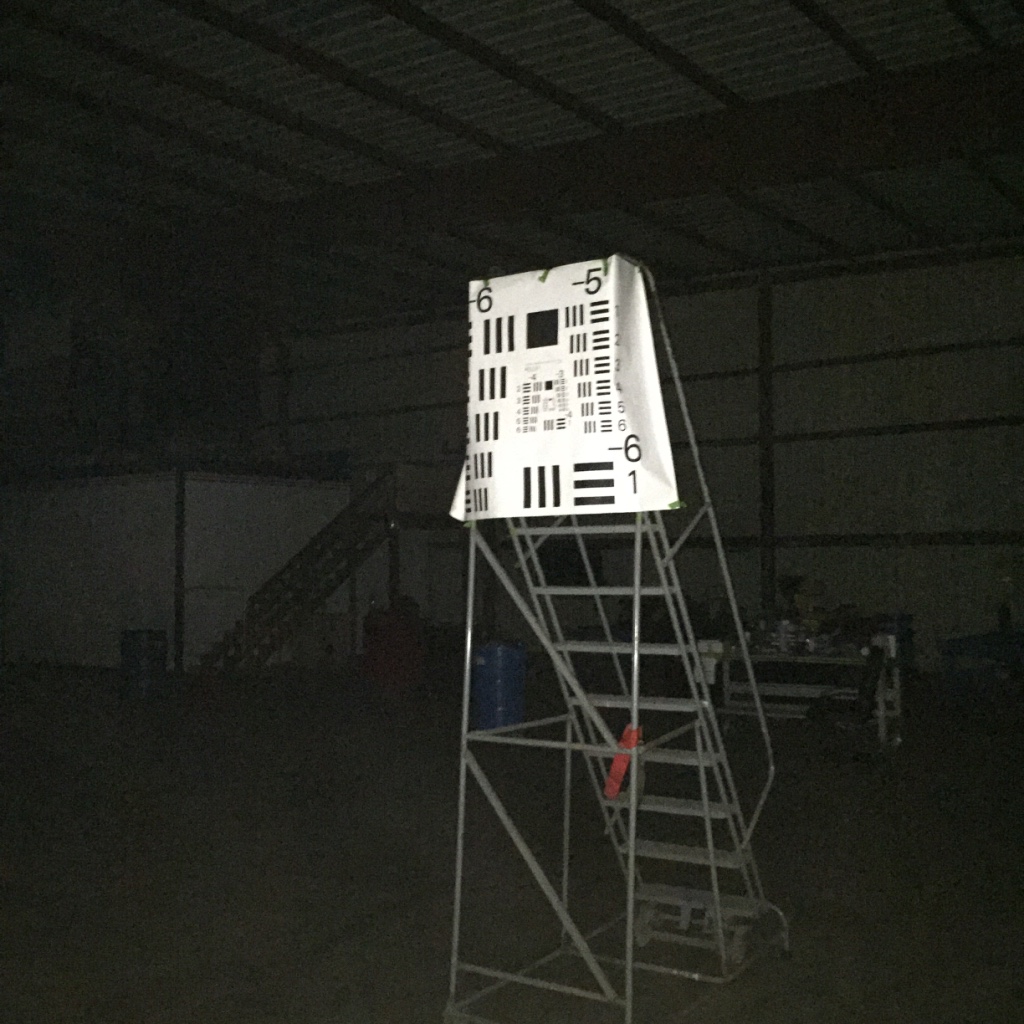
(c) Bob Stoney
The flying was typical of an NVIS cert, a day flight for ensuring the daylight readability was satisfactory and a safety survey/familiarization with the test area and then repeating at night for aided (i.e. NVIS goggles used) and unaided. We also conducted day and night tests to unprepared surfaces (turf runway), in this case on separate flights.
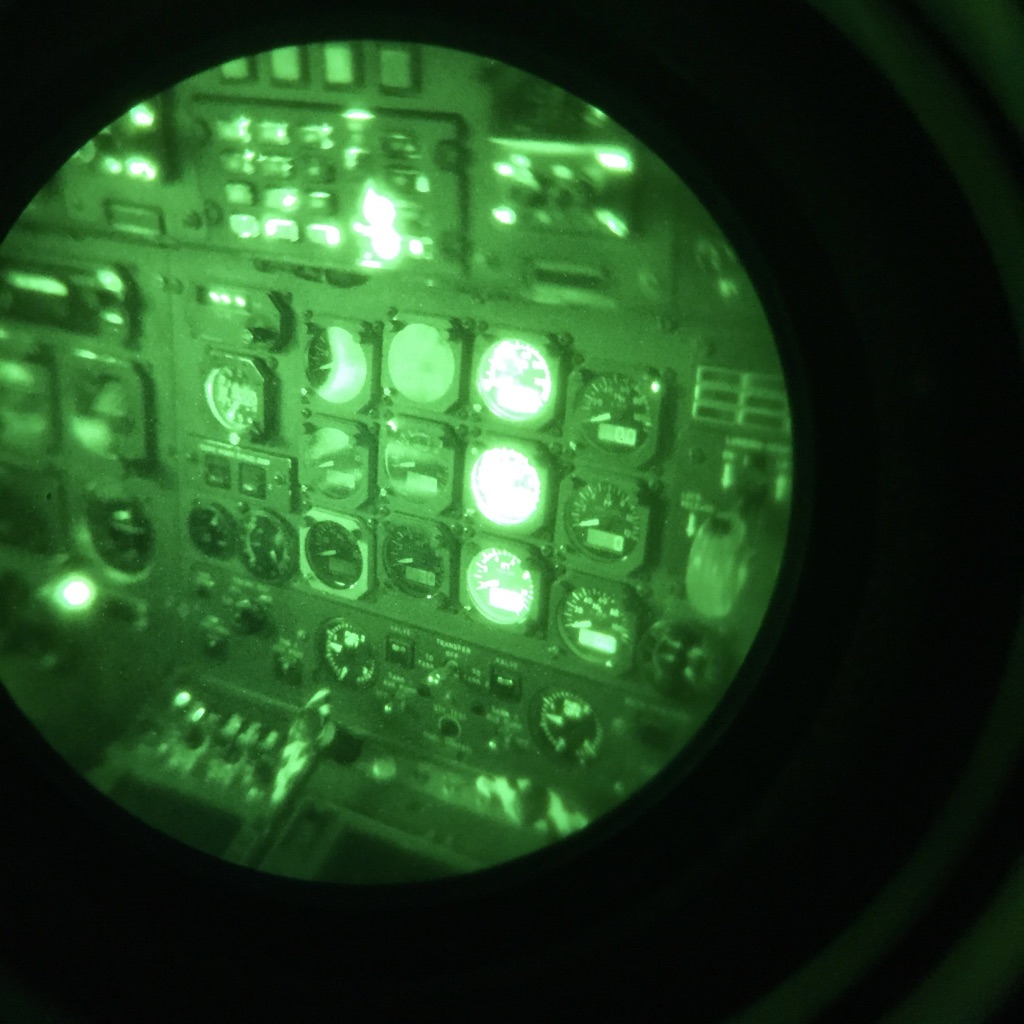
(c) Bob Stoney
